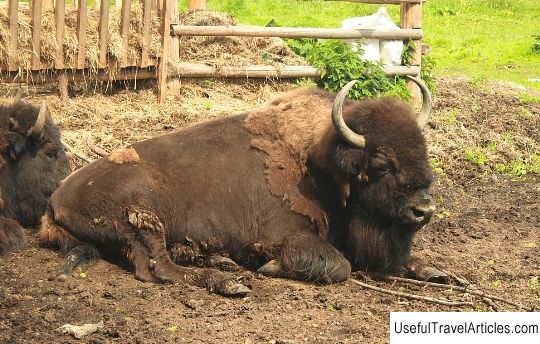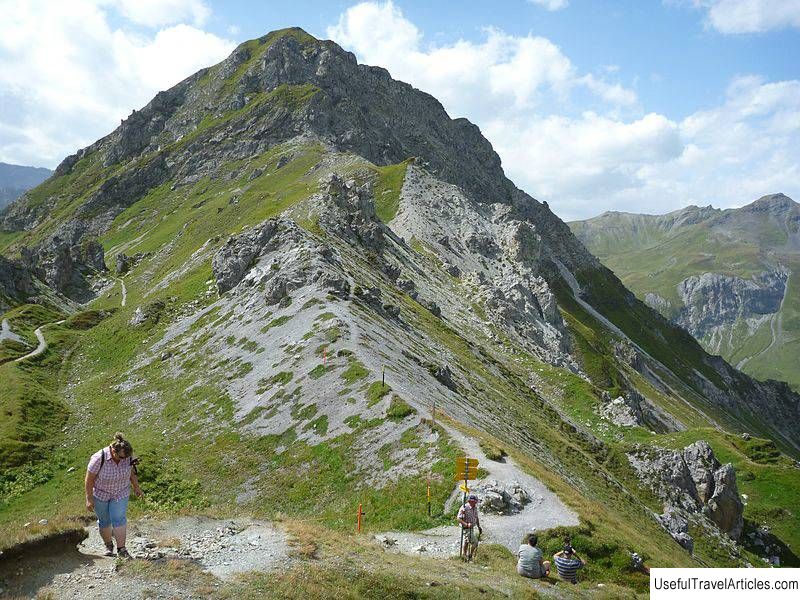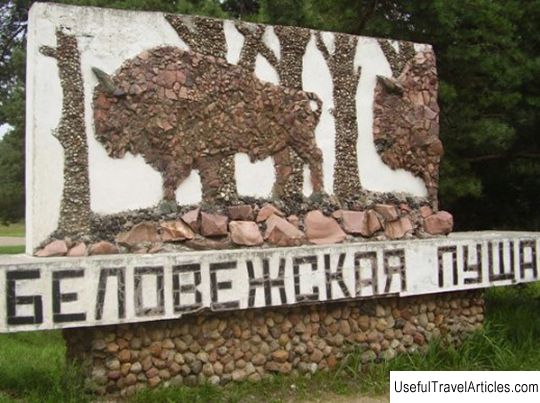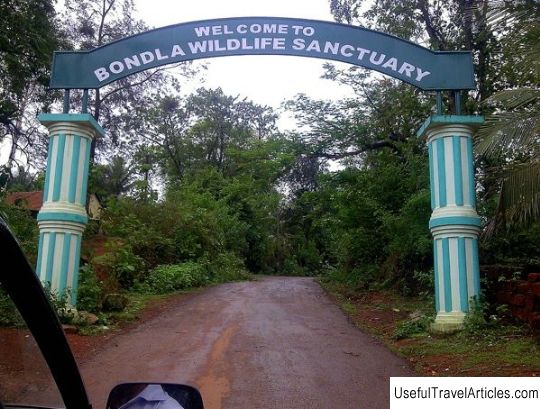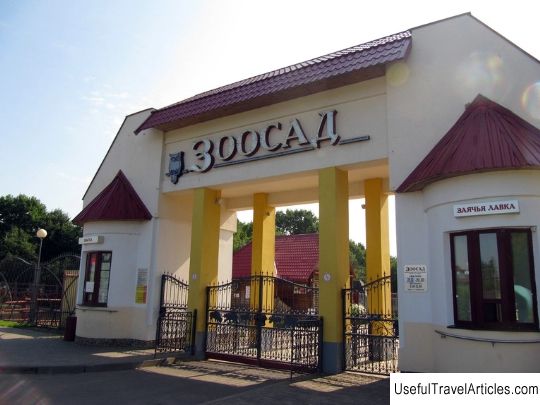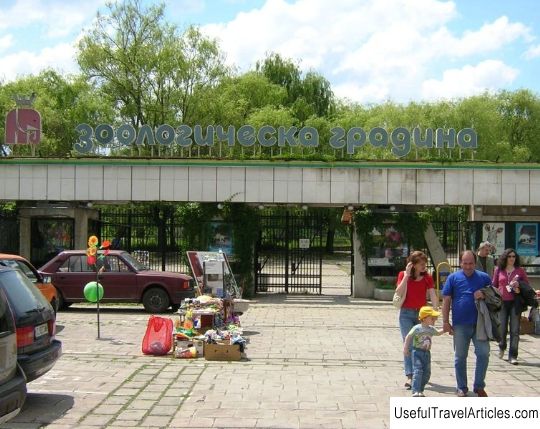Toksovsky bison nursery description and photos - Russia - Leningrad region: Vsevolozhsky district
Rating: 9,5/10 (3845 votes) Toksovsky bison nursery description and photos - Russia - Leningrad region: Vsevolozhsky district. Detailed information about the attraction. Description, photos and a map showing the nearest significant objects. Photo and descriptionToksovsky bison nursery is the northernmost point in the world, where bison, rare and amazing animals, live. The bison nursery is a unique place where you can see bison in their natural habitat. The bison nursery in Toksovo, Vsevolozhsky district of the Leningrad region, began its existence in 1974, when the bison Malysh arrived at the Novokavgolovsky park-forestry enterprise from the Leningrad Zoo , and then the bison Lear. A part of the wild forest was allocated for their placement, the territory was limited by a fence. The aim of the experiment was to preserve bison. European bison were historically distributed in the southern, western, northeastern parts of Europe, bison - in the prairies of North America. By the end of the 19th century. both bison and bison were almost exterminated. They have survived only in European zoos, Canada and the United States. Today bison are listed in the Red Book and are protected by law in the countries where they are found (Russia, Belarus, Ukraine, Lithuania, Poland). The bison (or tur) is an artiodactyl mammal of the genus bison, a subfamily of bulls. Bison have sharp, thick, short horns, a high hump of the withers. The bison reaches 3 m in length and weighs up to 900 kg. Bison is a cloven-hoofed mammal of the bovine family. The wild North American bull is very close to the bison, but some zoologists claim that the bison is a subspecies of the bison. Outwardly, the bison is very similar to the bison, but it looks somewhat more massive because of its very thick, long hair and a low-set head. The length of the bison reaches 3 m, weight - 720 kg. In 1976, the baby Lima was born to the Kid and Lyra. Almost 40 years have passed since the establishment of the bison nursery, and during this entire period the bison were boiled in their “own juice”, close relatives mated with each other. Therefore, the modern inhabitants of the nursery are somewhat smaller than their close ancestors. Now there are four animals in the bison nursery: two bulls and two heifers. In natural nature, bison is a polygamous animal, i.e. one bull may own several heifers, and the bull wins this right with horns and even its own life, since during the rut, males can lose about 100 kg in weight, and if they do not quickly gain their previous weight, then the winter following the rut may well become for them the last. Heifers bring offspring once every 4-5 years, since a female bison, like a person, bears a baby for 9 months, and takes care of him somewhere up to 3 years old. And only then can they be ready for the establishment of new offspring. One of the heifers of the Toksovsky bison nursery is more than 15 years old, but no offspring are expected from her. The only hope for a second heifer is Octavia, but due to the confusion of family ties, it may well be fruitless. The bison is a herbivore. In the summer, he nibbles grass, eats leaves from trees and bushes, and there are berries in the forest. At the beginning of autumn, bison need to gain fat, which they will need to protect them from the cold and partly from hunger in the winter. In winter, bison dig dry blades of grass with a hoof from under the snow. They gnaw bark from trees, chew thin twigs, spruce paws. Initially, trees grew on the territory of the bison enclosure, since the European bison is a forest dweller and it feels more comfortable among the trees. In the heat, in their shade, you can hide from the sun, and in the cold and frost, they are able to protect from wind and blizzard. In the aviary, bison eat grass, hay, bark, sometimes carrots and apples, crackers. Visitors to the bison nursery can always treat its inhabitants. You can bring parsley, dill to bison, they also like banana and watermelon skins. You can treat them with cabbage, carrots, cucumbers, bagels, crackers. You can feed bison directly from your hands. Currently, bison live in an open meadow, since they have uprooted all the trees long ago with their horns, there is not a bush in the meadow, and there is no edible grass left either. The bison is in dire need of a new territory with a forest and new heifers, otherwise after a while the bison will simply die out. Over the past few decades, bison have become a kind of symbol of Toksovo, which pleases more than one generation of vacationers. But, unfortunately, in the meadow on which they live, it is time to take a break from the animals that dig and trample it. The presence of a new enclosure, covered with forest, will provide an opportunity to observe bison in their natural habitat.      We also recommend reading Novoplanovskiy bridge description and photo - Ukraine: Kamyanets-Podolskiy Topic: Toksovsky bison nursery description and photos - Russia - Leningrad region: Vsevolozhsky district. |
